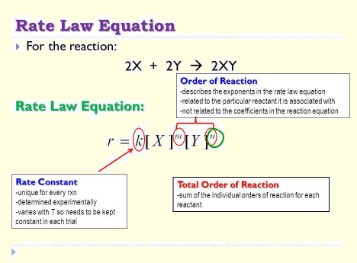
Marking transactions as cleared in QuickBooks Desktop enhances the overall accuracy and reliability of financial reconciliations. This process is crucial for verifying the completeness and accuracy of financial transactions, and it plays a vital role in maintaining the integrity of the company’s financial records and reporting. Reconciling in QuickBooks Desktop involves a set of structured procedures to ensure that the financial records accurately correspond with the bank statement, reflecting the precise financial position of the business. Reconciling in QuickBooks Online involves several key steps to ensure that the financial records align with the bank statement and reflect accurate transactional data. By regularly reconciling your accounts with your bank and credit card statements, you ensure the integrity of your financial data, enabling informed decision-making for your business.
How to Start Reconciling an Account in QuickBooks Online
Now, simply compare the transactions on your statement with what’s in QuickBooks. The tricky part is making sure you have the right dates and transactions in QuickBooks so you know everything matches. For those new to QuickBooks or reconciliation, the process might seem daunting at first.

Input the Ending Balance from accounting for a capital lease your bank statement and include any service charges and interest details, avoiding duplication of previously entered data in QuickBooks Desktop. Now that we know how to prepare for the reconciliation process let’s begin our guide that will walk you through the steps to efficiently reconcile your accounts in QuickBooks Online (QBO). To return to finish the account reconciliation later, click the “Settings” button and then click the “Reconcile” link under the “Tools” heading in the drop-down menu again. Then select the same account again and click the adjacent “Resume reconciling” button to continue from where you left.
- In your first reconciliation, ensure that the opening balance in QuickBooks Desktop is in sync with the balance of your real-life bank account as of your chosen start date.
- Reconciling your accounts in QuickBooks Online is essential for maintaining accurate financial records and ensuring that your books match your bank statements.
- It begins with accessing the reconcile window by navigating to the Banking menu and selecting Reconcile.
- QuickBooks provides the tools and functionalities to streamline this procedure, allowing for comprehensive adjustments to be made with ease and precision.
- If you reconciled an account more than once, you likely already reviewed the opening balance.
Reconcile an Account in QuickBooks Online: Overview
Reconciliation in accounting is a critical process, serving as a check-and-balance for financial accuracy. It involves comparing two sets of records to ensure they are in agreement and accurate. In the context of QuickBooks, reconciliation typically refers to matching the transactions recorded in the software with external financial statements, such as bank and credit card statements. This process is vital in verifying that the records in QuickBooks accurately reflect a business’s financial transactions.
To enter interest earned, type the amount of interest earned into the “Interest earned” field. Then select the date and the income account used to track interest income, from the adjacent “Date” and “Income account” drop-downs. To reconcile the account after entering the statement information, click the “Start reconciling” button at the bottom of the window. You’ll want to look at your statement, starting with the first transaction listed and find that same transaction in the Reconciliation window in QuickBooks. This verification process is essential in identifying and rectifying any irregularities, providing a clear and accurate portrayal of the company’s financial standing.
How to Reconcile Previous Months in QuickBooks Online?
To run a reconciliation report, navigate to Settings, choose Reconcile, and then select History by account. Conducting regular reconciliations ensures that your QuickBooks data accurately reflects your real-world bank and credit card statements, providing reliable financial insights crucial for your business’s success. Then, input the closing balance from the bank which of the following accounts will be closed by debiting the income summary account statement and ensure that all transactions are accurately reflected. This process is essential for maintaining accurate financial information and ensuring that the company’s records are in line with its actual financial position.
You need to make sure the amounts match your real-life bank and credit card statements. When you create a new account in QuickBooks, you what is a capital lease versus an operating lease pick a day to start tracking transactions. You enter the balance of your real-life bank account for whatever day you choose. We recommend setting the opening balance at the beginning of a bank statement.
If a transaction appears in QuickBooks Online but not on your statement, do not mark it. For any discrepancies, like a slight mismatch in payee details, simply edit the transaction in QuickBooks Online to align it with your bank statement. The goal is to have a zero difference between your statement and QuickBooks Online by the end of the process, at which point you can select Finish now. It is commonly used in banking (to reconcile a checkbook with a bank statement), in businesses (to reconcile revenue or expenses), and in personal finance management. This article guides users through the detailed steps on how to reconcile in QuickBooks Online and QuickBooks Desktop, ensuring their financial data aligns seamlessly with bank and credit card statements.





